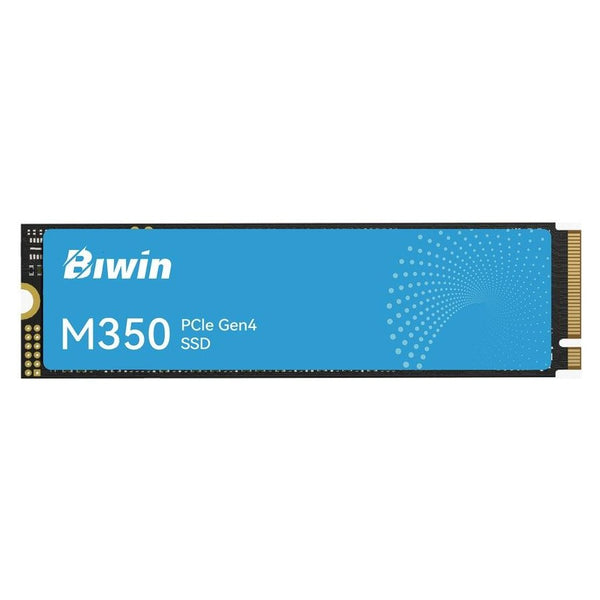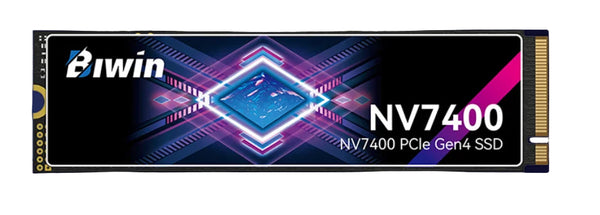Types of SSDs, which is better? M.2 or Sata or PCIe
تم النشر بـ WAEL MOHAMED
When it comes to purchasing an SSD, one doesn’t think too much about the type of SSD they are getting as long as it does the job. However, it is crucial to consider this in order to achieve an exceptional PC performance. For those who are running everything on their HDD, a major difference will be noticed once an SSD is added to the upgrade. This article will provide an overview of the different common types of SSDs to eventually assist in your decision-making.
SATA SSD:

The SATA SSD is known as the 2.5-inch Serial ATA, which is the most common and least of expense type of all SSDs. This one requires a cable for power, and another cable for data. It functions much faster than HDDs, which makes it the best compatibility for a common user. Despite that there are multiple mounting options for your drives in most cases nowadays, these affordable 2.5” SSDs can fit in any type of HDD drive bay. This option is more than enough for a speedy and high-capacity storage device that will be a perfect addition to the build, especially for the gaming PCs.
M.2 SSD:

The M.2 types of SSDs are the models with smaller forms, which can be directly plugged into the M.2 slot of your motherboard. The M.2 consist of two different classes that are NVME M.2 and SATA M.2. The latter, SATA M.2, has similar performance in terms of drives features to the 2.5” SSDs. Meanwhile, NVMe SSDs are much faster and more favorable for those who require large transfer files or faster speeds in applications such as graphic designing. It is worth mentioning that since the NVMe is somewhat just a few years old, it practically functions on the same PCIe slots that the GPU simultaneously uses while working with the CPU. Furthermore, the M.2 are storage efficient since they don’t require any cables.
PCIe SSD:

The PCIe SSD doesn’t look much like a storage device, but rather looks like a GPU or a sound card that can be directly plugged into the motherboard’s PCIe slot. The NVMe protocol is usually relied on by this specific SSD, except if the PCIe is an older-spec with a similar feature speed to the drives of NVMe M.2. Cables aren’t really required by these drives, however an empty slot of PCIe x4 or x16 will be required on the motherboard.

To sum up, SATA SSD is the optimal and most budget-friendly option when it comes to buying an SSD, but if you can afford an M.2 SSD, then it’s highly recommended to go for that most of all. Overall, an SSD is an essential component to put into consideration when it comes to building a new build or simply upgrading. Since technically, they provide the instant boot times, meaning that they are excellent for booting the operating system, games, applications, all while adding to the speed of transferring data. Last but not least, SSDs can guarantee a future proof for your PC because it can only be very beneficial, whether it’s a PC gaming or for other purposes.
=== split content ===
شارك:





![Micron 7500 PRO 7680GB U.3 (15mm) TCG-Opal Enterprise SSD [Single Pack]](http://www.anigma.com/cdn/shop/files/micron-7500-pro-15-3-tb-nvme-gen4-u-3-15mm-7000mbps-5900mbps-mtfdkcc15t3tgp-1bk1jabyy-1_600x.progressive.png.jpg?v=1764252057)


